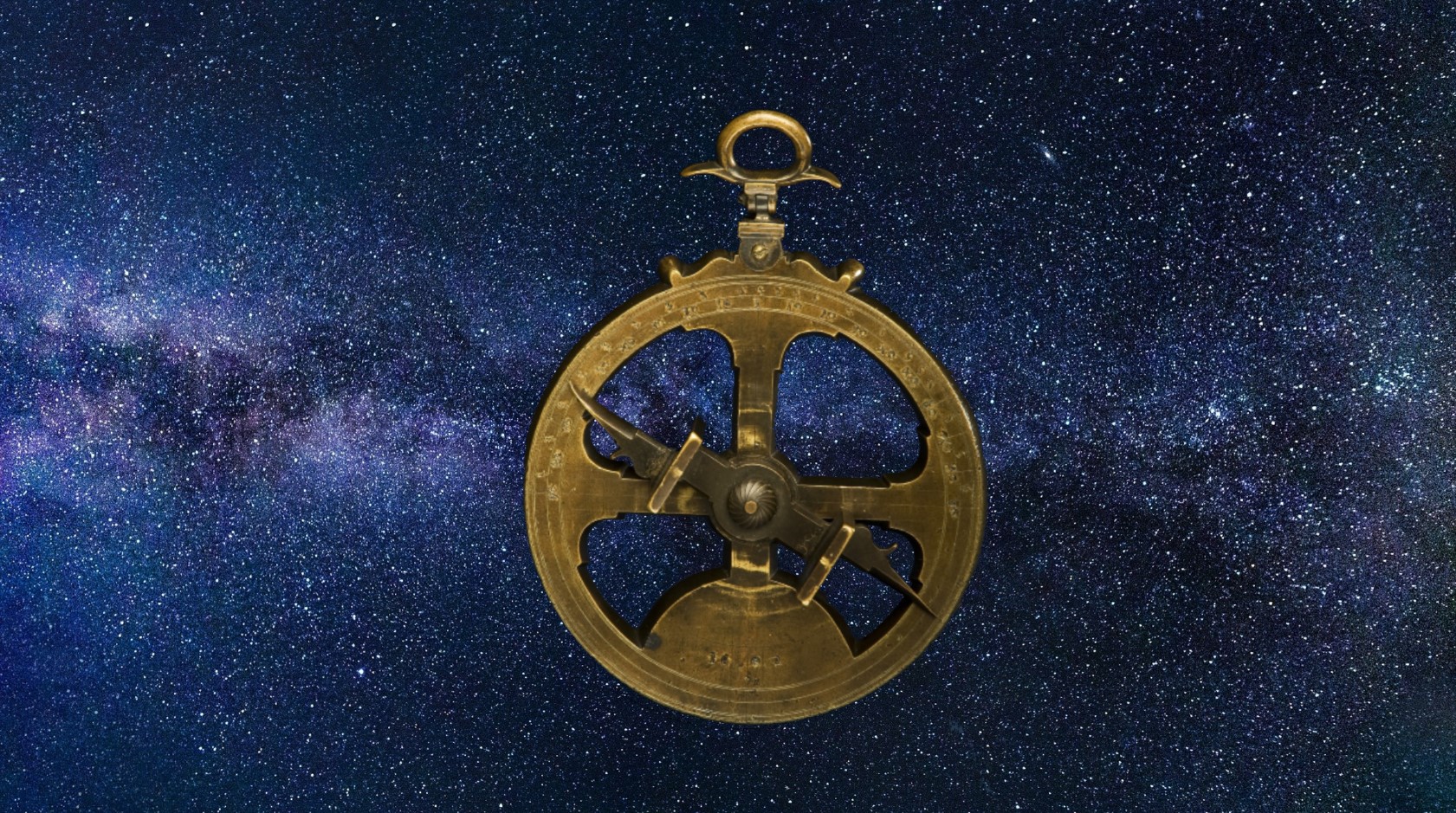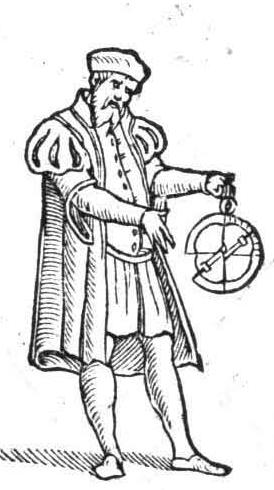

Mariner's Astrolabe
What is the Mariner's Astrolabe?
The mariner's astrolabe, introduced and developed by the Europeans, played a crucial role in determining a ship's latitude at sea. It enabled sailors to measure the Sun's noon altitude or the meridian altitude of stars with known declinations. Despite its name, this instrument differed from the traditional astrolabe, featuring a simplified design with a graduated circle and alidade for measuring vertical angles. Around 1470, it became an invaluable tool for maritime navigation. To enhance its stability during shipboard use, it was designed to be heavier and more resistant to wind. This practical device significantly aided sailors in pinpointing their location at sea.
What is special about this astronomical instrument?
Mariner's astrolabes, derived from the Greek term "to take a star," served as indispensable instruments between the late 15th century (around 1470) and the 18th century. Their primary role was to determine a ship's latitude, allowing sailors to precisely locate themselves at sea. By measuring the angle between the noon Sun or specific stars and the horizon, mariners could calculate their north-south position. This knowledge was crucial for navigation during an era when accurate positioning was a significant challenge. Mariner's astrolabes were eventually replaced by the sextant in the 18th century.
Morphology

Dimensions
The mariner's astrolabe typically weighs around 2.82 kg (approximately 4.409245 lbs) and has a diameter of 171.45 mm (6.73 inches). Its thickness measures 21.5 mm (0.83 inches) at the top and 22 mm (0.87 inches) at the bottom.
Physico-chemical properties
Brass was usually used for mariners' astrolabes. In high winds or on a heaving deck, the weight of the brass was an advantage for the mariners' astrolabes. Brass sheets were used for early sea astrolabes.
Anatomy
The mariner's astrolabe utilizes a frame to reduce sensitivity to wind, ensuring its stability during use at sea. The instrument's primary function is to measure angles, with the result displayed on a degree scale located on a wheel. The device consists of several key parts: at the top, there's a ring that the navigator would use to suspend or dangle the astrolabe. The alidade, a crucial component, features two small holes that the user would employ to sight the sun or a star accurately. The spokes on the instrument are designed to support the pivot point of the alidade. To enhance stability by lowering the center of gravity and increasing the period of motion, extra brass is often added to the inside of the ring. A central pin allows the alidade to rotate freely and align with celestial bodies. This design also enables the astrolabe to hang vertically for precise measurements.
Utilisation

Navigators employed the astrolabe for measurements during both day and night. In the daytime, observations were centered around the noon sun. To accurately measure the angle, the astrolabe needed to hang vertically, perpendicular (⊥) to the ocean's surface. Then, using the alidade, the navigator aligned the two holes so that the sun's rays passed through both. The measured angle was read from the scale encircling the astrolabe, providing the sun's altitude. This information was crucial for determining latitude when compared to star charts and tables.
Conversely, nighttime measurements were conducted differently. When observing stars, the navigator held the instrument to their eye. The pinholes on the alidade were aligned to allow the user to sight the star through both holes. Again, the alidade provided the altitude on the degree scale, which could be used in conjunction with star charts and tables to determine latitude.
History

The mariner's astrolabe emerged as a pivotal tool for seafaring explorers, evolving from its ancient counterpart to meet the specific demands of maritime navigation in Europe. It found its place in the early 14th to 15th century, a period marked by the dawn of European exploration. Crafted from durable materials such as brass, these astrolabes came in varying sizes, from compact 4-inch models to larger 24-inch instruments. Their primary purpose was to aid sailors in calculating latitude, a vital factor for successful navigation across the seas.
However, the mariner's astrolabe faced challenges at sea, particularly in maintaining stability during turbulent conditions. This inherent limitation could introduce measurement errors, potentially influencing a ship's course. Nevertheless, the mariner's astrolabe remained the preferred astronomical instrument for sea navigation until the late 18th century. It played a significant role in the history of maritime exploration, eventually giving way to more precise tools like quadrants and sextants as technology advanced.
Author: William Homier
Editor: William Homier
This page was last edited on 03 August 2023, at 14:39 (HAE).
Sources:

